Best Dart Programming Guides to Buy in November 2025
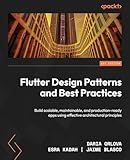
Flutter Design Patterns and Best Practices: Build scalable, maintainable, and production-ready apps using effective architectural principles


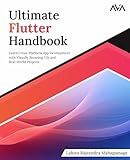
Ultimate Flutter Handbook: Learn Cross-Platform App Development with Visually Stunning UIs and Real-World Projects (English Edition)


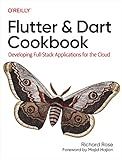
Flutter and Dart Cookbook: Developing Full-Stack Applications for the Cloud



Flutter Cookbook: 100+ step-by-step recipes for building cross-platform, professional-grade apps with Flutter 3.10.x and Dart 3.x, 2nd Edition



Flutter in 7 Days: Build user-friendly apps with widgets and navigation (English Edition)


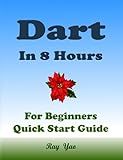
Dart Programming, In 8 Hours, For Beginners, Learn Coding Fast: Dart Programming Language, Crash Course Tutorial, Quick Start Guide & Exercises


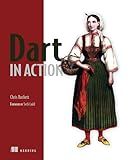
Dart in Action


Working with collections in Dart, such as lists, maps, and sets, allows you to efficiently manage and manipulate groups of related data. These data structures provide different ways to store, access, and modify data.
- Lists: A list in Dart represents an ordered collection of objects. It is similar to an array in other programming languages. You can create a list using the List class. Lists can contain objects of any type, and they can be mutable (modifiable) or immutable (read-only). You can add elements to a list using the add() method, access elements by index, remove elements using remove() or removeAt(), modify elements, and perform various operations like sorting, mapping, filtering, etc.
- Maps: A map in Dart is an unordered collection of key-value pairs, also known as dictionaries or hash tables in other languages. Keys and values can be of any type. You can create a map using the Map class. Maps can be mutable or immutable. To add or update a key-value pair in a map, you can use the subscript operator [] or the putIfAbsent() method. To access the value associated with a key, use the subscript operator. You can also remove key-value pairs using the remove() method or iterate over keys or values in the map.
- Sets: A set in Dart represents an unordered collection of unique objects. It is similar to sets in mathematics. You can create a set using the Set class. Sets can be mutable or immutable. To add elements to a set, use the add() method, and to remove elements, use the remove() or clear() method. You can perform operations like union, intersection, difference, and check for membership using methods provided by the Set class.
Working with collections in Dart allows you to store and manipulate data efficiently. By leveraging the methods and properties provided by these collection classes, you can easily perform operations on different types of data structures in your Dart applications.
How to find the size of a set in Dart?
In Dart, to find the size of a set, you can use the length property.
Here's an example:
void main() { Set numbers = {1, 2, 3, 4, 5};
print(numbers.length); // Output: 5 }
In this example, length returns the number of elements in the set numbers, which is 5.
How to iterate over a list in Dart?
In Dart, you can iterate over a list in several ways. Here are a few examples:
- Using a for loop:
List numbers = [1, 2, 3, 4, 5];
for (int i = 0; i < numbers.length; i++) { print(numbers[i]); }
- Using a for-in loop:
List numbers = [1, 2, 3, 4, 5];
for (int number in numbers) { print(number); }
- Using forEach method:
List numbers = [1, 2, 3, 4, 5];
numbers.forEach((number) { print(number); });
- Using an iterator:
List numbers = [1, 2, 3, 4, 5]; Iterator iterator = numbers.iterator;
while (iterator.moveNext()) { int number = iterator.current; print(number); }
All these methods allow you to iterate over each element in the list and perform some operation on it. Choose the method that suits your use case best.
How to convert a map to a list in Dart?
To convert a map to a list in Dart, you can use the map.entries.toList() method. Here's an example:
void main() { Map<String, int> map = {'a': 1, 'b': 2, 'c': 3};
List<MapEntry<String, int>> list = map.entries.toList();
print(list); // Output: [MapEntry(a: 1), MapEntry(b: 2), MapEntry(c: 3)] }
In the example above, map.entries returns an iterable of MapEntry objects representing each key-value pair in the map. By calling toList() on this iterable, we convert it into a list of MapEntry objects. The resulting list can be used for further processing or printing.
